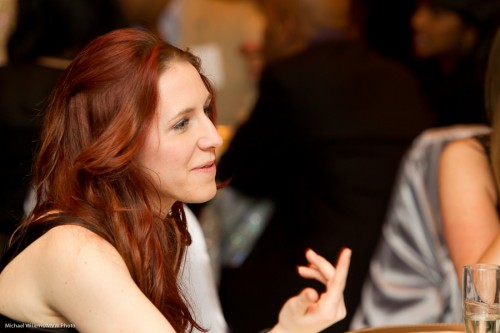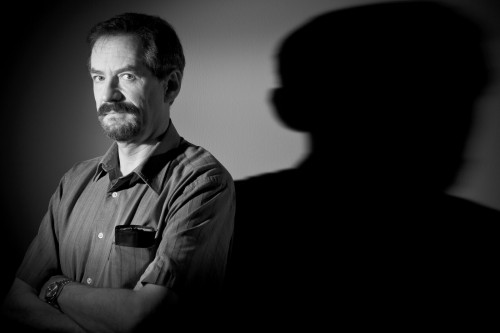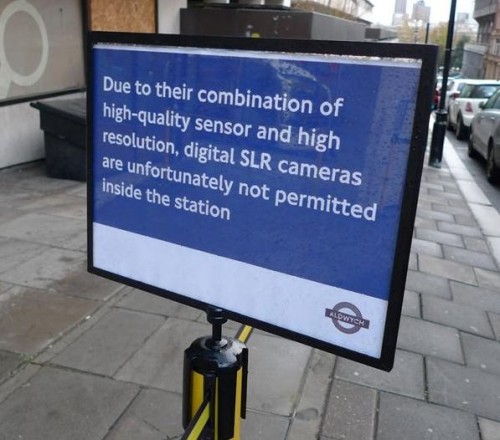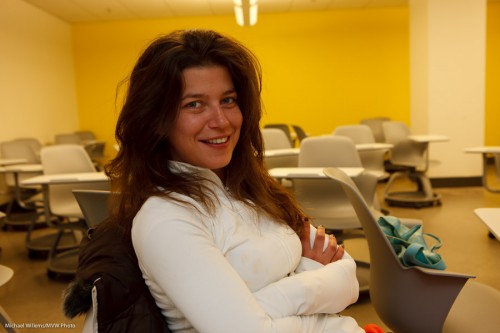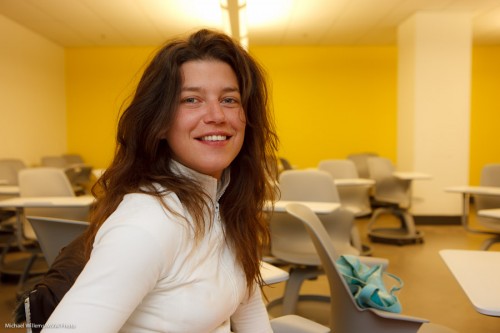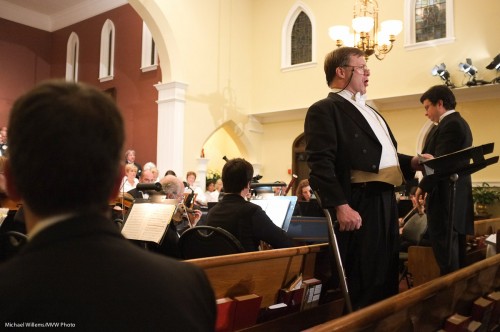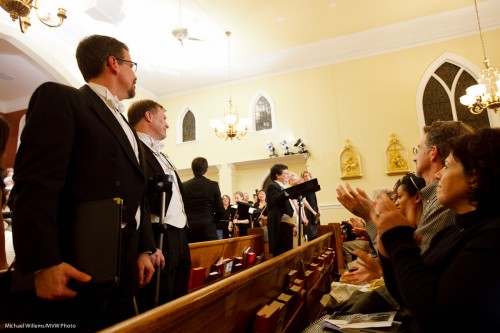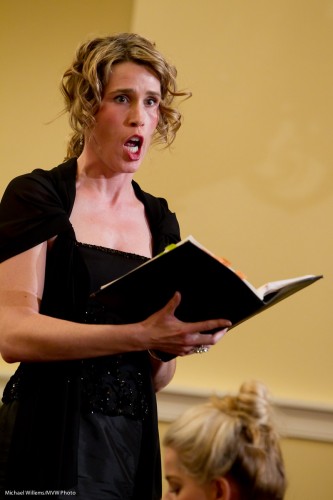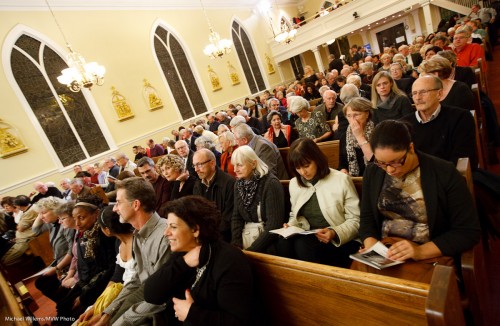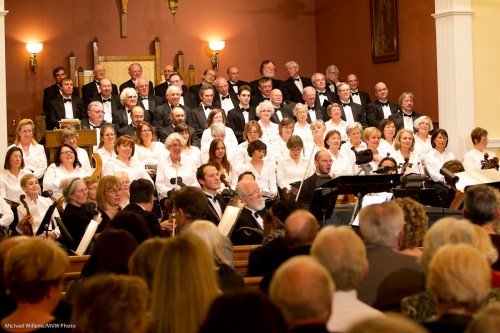A persistent question I hear: “what about the unsharpness that occurs when you shoot using your famous recommend 400-40-4 rule“?
As said before. Yes – you may get some unsharpness, especially in the shape of ghosting, like in this shot – look at the hand:
Fair enough. BUT….
- Motion blur occurs mainly in the “background” area, where the flash is not lighting your subject. Else it is just a little “ghosting”.
- It’s only when there’s movement, really;
- Key point: it is still better than a badly lit image!
- And especially – it depends on your lens too. Wider is better.
The shot above was 1/40th second (or course) at a recent event shoot with the 70-200mm IS lens. When I use a wide lens, this hardly happens – see here the 35mm (on a full frame camera, so this would be a 24mm lens on a crop sensor camera):
So do not hesistae – you can shoot at slow shutter speeds.
Images taken at f/4, 1/40th second, 800 ISO – it was darker than usual, so an increase to 800 ISO was warranted to keep the background bright enough. This also gave my flash more durability and power.

